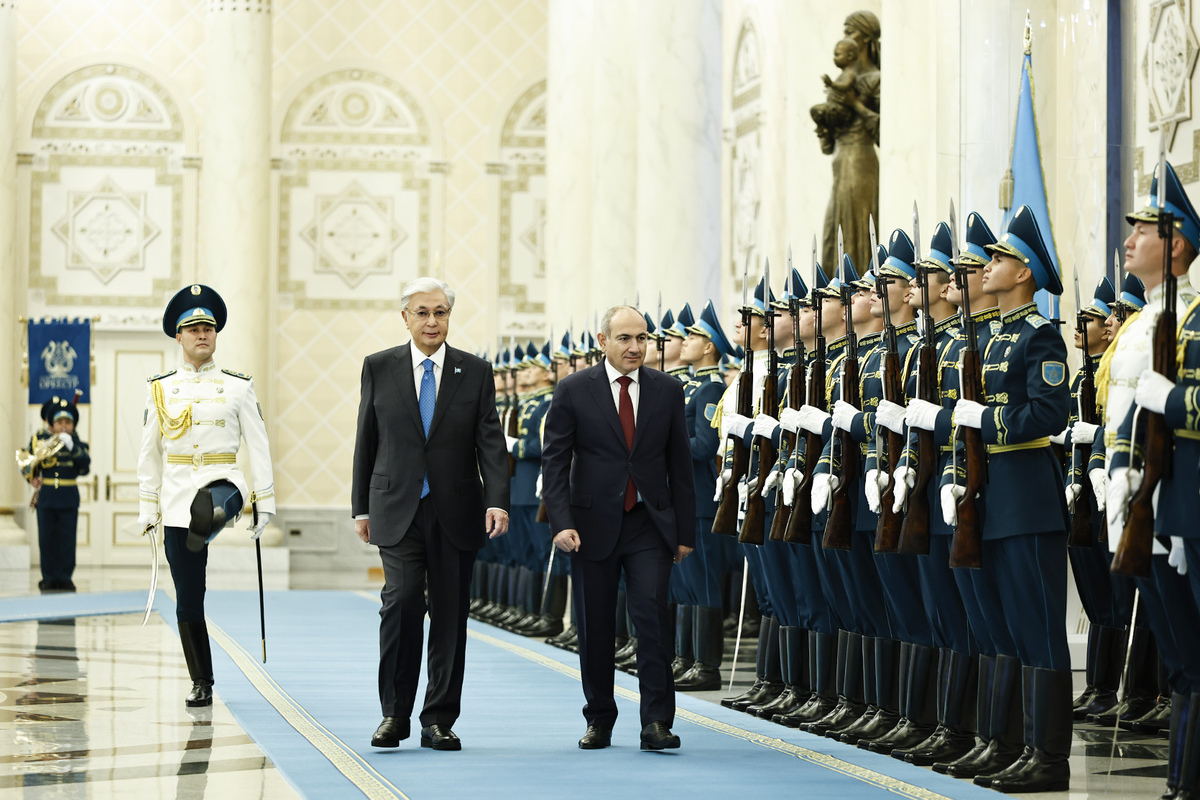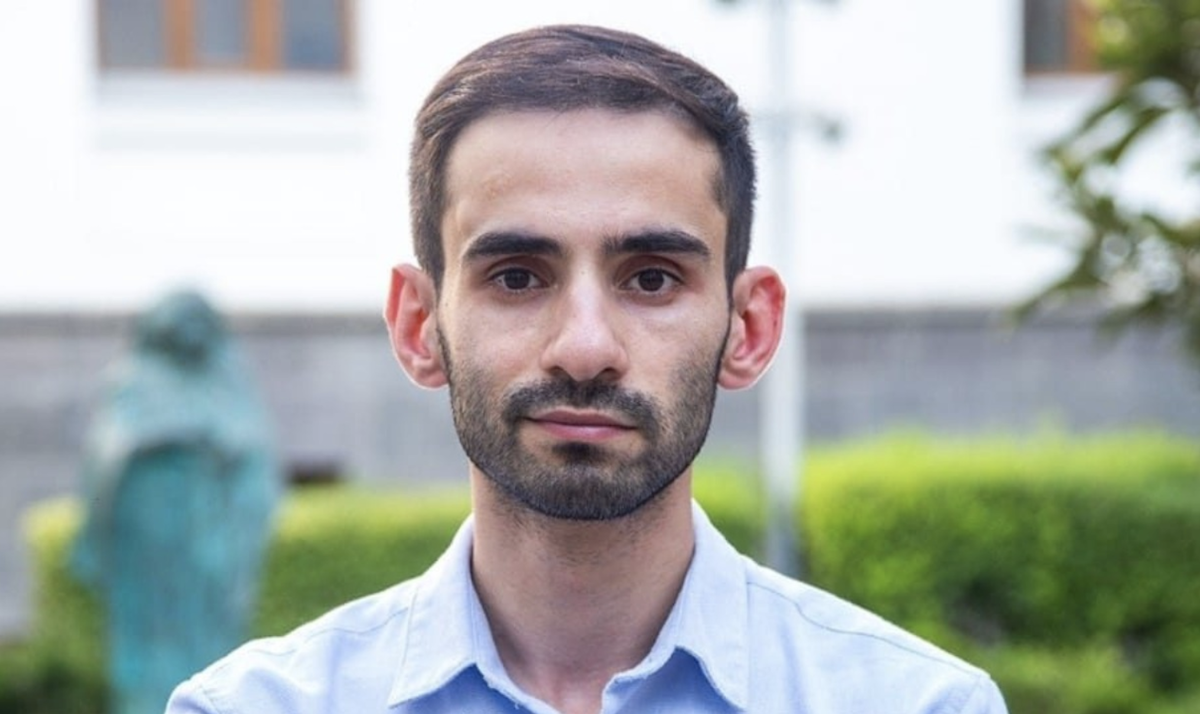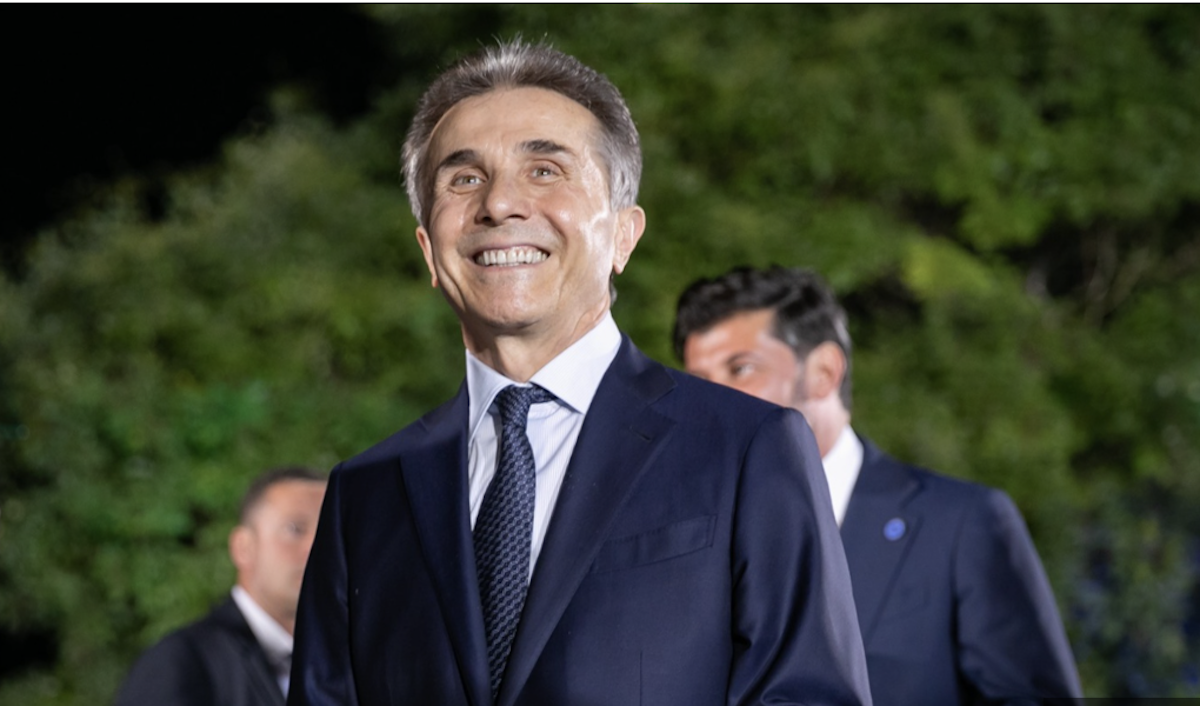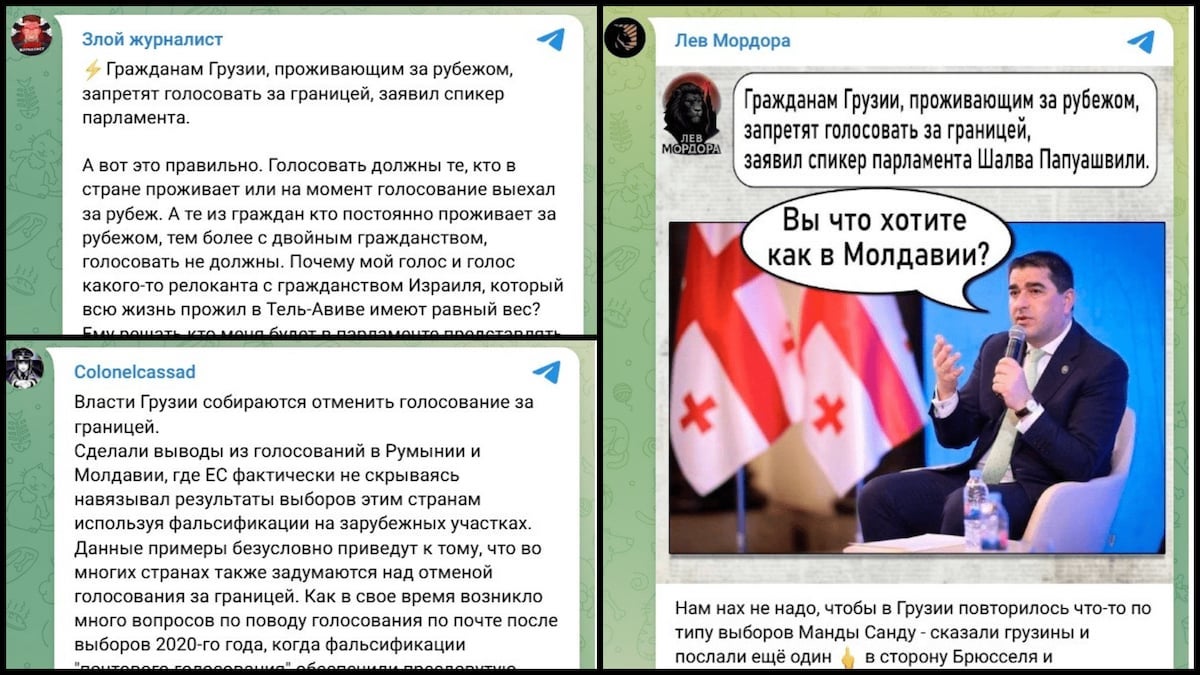Russian military base in Armenia: security or threat?
Photolure
Concerns over the presence of the Russian military base in Armenia, as well as its vague functions and duties, have been frequently voiced in the country nowadays. In addition, there has been a risk of Russian military base’s possible involvement in the anti-terrorist operations in the region that contradict Armenia’s interests.
Russian 102nd Military Base is located in Armenia’s utmost north city of Gyumri, close to the border with Turkey. The base is part of the South Military District of the Russian Armed Forces. At the same time, in accordance with the 2016 interstate treaty, it has been under subordination of the Russian-Armenian Combined Group of Forces.
It’s hard to define the base functions in terms of Armenia’s interests. The base never interferes with the Armenian-Azerbaijani conflict. In addition, Russian political leadership has never stated about its readiness to employ the base in case of Turkey’s attack on Armenia.
Moreover, when Turkish Air Forces downed Russian attack aircraft near the Syrian border in November 2015, and Moscow terminated military-political contacts with Ankara, the Turkish helicopters carried out simulated reconnaissance flights in Armenia’s airspace.
Neither the Armenian Air Defense System, nor the Russian base forces or Russian border guards, defending Armenia’s border with Turkey, took any measures to intercept unfriendly helicopters. This suggests that the Russian military base isn’t Armenia’s ally in its fight against major potential threats–Azerbaijan and Turkey.
Meanwhile, the activity of the Russian military base in Armenia is associated with numerous cases involving drunk Russian soldiers, who kicked up rows and initiated shootings that oftentimes resulted in casualties among civilians. The most flagrant case took place on January 12, 2015, when Valery Permyakov, the Russian military base serviceman, shot dead 7 members of the Avetisyan family in their own house. The Russian side urged Armenia to conduct the court hearing on the territory of the 102nd base and flatly refused to bring him to justice in Armenia.
Gyumri was raging in January 2015. The Armenian law-enforcers could hardly prevent the protesters’ attempts to burst into the base and lynch the perpetrator. It was then that the first calls for withdraw of the Russian military base, which became a real disaster for the peaceful population, were openly voiced in Armenia.
Find more about other offences, committed by the Russian servicemen in Armenia, here:
The Armenian authorities managed to calm down the unrest. Moreover, the Armenian government allotted new facilities and areas to the base. It also continued to cover the military base’s utility service costs. Interestingly, the Russian side doesn’t pay to Armenia for stationing of its military base. Neither does it explain what the base is needed for, just getting away with a meaningless phrase ‘for maintaining a balance.’
On April 2, 2016, Azerbaijan attempted to carry out an act of aggression against Karabakh. Although the truce agreement was signed with Russia’s mediation 4 days later, a new wave of anti-Russian sentiments arose in Armenia, given that Moscow had openly rendered assistance to Azerbaijan. The appeals for withdrawal of the military base were voiced again, since the latter had, in no way, responded to the fact of aggression. ‘Why should we pay for someone’s base if it does stand beside us in dangerous moments?’-this question was often voiced those days.
A year later, Sergey Lavrov, the Russian Foreign Minister, made a statement that was perceived in Armenia as a new security challenge.
“The CSTO Collective Rapid Reaction Force and the Russian military bases in Armenia, Tajikistan and Kyrgyzstan, are ready to fight the Islamic State extremist group anytime,” Sergey Lavrov told MIR TV Channel.
CSTO – Collective Security Treaty Organization was set up on the post-Soviet area after the collapse of the Soviet Union, in 1992. Georgia, Azerbaijan and Uzbekistan soon quitted the organization. At present, the CSTO comprises six members – Armenia, Belarus, Kazakhstan, Kyrgyzstan, Russia and Tajikistan.
This statement caused mixed reactions in Armenia. Gagik Ambaryan, a political analyst, said that he was very much concerned over the statement. ‘First of all, Lavrov must ensure 100% security guarantees to Armenia in case the base is used for operations against ISIS. But Mr. Lavrov can’t give such guarantees. In addition, if you want to fight against ISIS, good luck with that, but not in Armenia, because Armenia is the only country in the region that has nothing to do with the ISIS.
Another point is that country’s territory is not within the terrorist organization’s action area and Armenian nationals are not involved in ISIS activity. Neighboring Georgia and Azerbaijan, as well as Russia, have such problem, because the nationals of those 3 countries fight on the terrorist organization’s side. Armenia should stay away from it.”
Manvel Sargsyan, Director of the Armenian Center for Strategic and National Studies, believes that the major threat in Lavrov’s statement is that Armenia willy-nilly becomes part of someone’s plans: “Some people say that Turks will invade the country as soon as the Russians leave it. Regrettably, nobody in Armenia is willing to discuss what security system is being set up and whether we can make sovereign decisions or we may be dragged into someone’s plans at any moment. In fact, Russia seeks to engage Armenia, rather its military base, in the fight against ISIS. For Russia, Armenia is just a tool for normalizing relations with Turkey.”
However, there are some other opinions. Political analysts, who are tuned for closer ties with Russia, don’t not see any threats in it.
The CSTO Collective Rapid Reaction Forces’ function also includes an element of fight against international terrorism, which implies employment of troops for that purpose, said Alexander Markarov, a political, Director of the Armenian branch of the Institute of CIS Countries. “How does ISIS tie in with Armenia? Let me remind you that Syria is not that far away and terrorism has no borders…The abovementioned functions have been theoretically consolidated by the agreements and all resources can be applied whenever necessary.”
Sergey Minasyan, Deputy Director of the Caucasus Institute, told Tert.am news agency that Lavrov’s statement was more likely of a formal nature. Yet, he believes that if problems occur, the Russian military bases that are stationed in the southern part will have to participate in those operations. “If the ISIS reaches this territory, then not only the Russian military base, but also the Armenian Armed Forces, will have to engage in this fight.”
So, what is the Russian military base in Armenia tasked with and what has changed after it became subordinated to the Russian-Armenian Combined Group of Forces?
According to the Major-General Andranik Makaryan, Commander of the Combined Group of Forces, the Group is ready to neutralize a potential threat from Turkey: If there is a threat from Turkey, we will throw ourselves in the enemy’s way. This is enshrined in the documents.”
Speaking about the scope of the Group’s authority to respond to the security challenges from Azerbaijan, Andranik Makaryan noted that it was a political issue. When asked, whether Putin can ban their attack or not, the General said: no, he can’t. As for the assurance that the Russian base will comply with the order, the General noted that everybody had to comply with the commitments enshrined in the documents.
Neither the government, nor the Armenian Foreign or Defense Ministries, responded to Lavrov’s statement. Neither did they comment on possible threats for Armenia in case the Russian military base in Armenia gets engaged in some regional or global operations as part of the CSTO or Combined Group of Forces. Armenia and Russia have different adversaries and it becomes problematic to employ combined troops against such a background.
As Sergey Lavrov told MIR TV Channel, none of the countries were viewed as the CSTO enemies: “There is no mention in the CSTO development strategy that any country, state or organization, is our enemy. The NATO members, on the contrary, perceive Russia as an opponent, as a threat and are trying to downplay the status and meaning of what CSTO is doing.”
At the same time, Armenia doesn’t regard NATO as its adversary, while NATO refers to Armenia as its partner, it implements several projects with Armenia and conducts joint exercises.
Armenian political analysts are also concerned that Russian authorities’ actions and statements could automatically make Armenia look like an opponent to NATO, West or others who have no problems with official Yerevan.



















